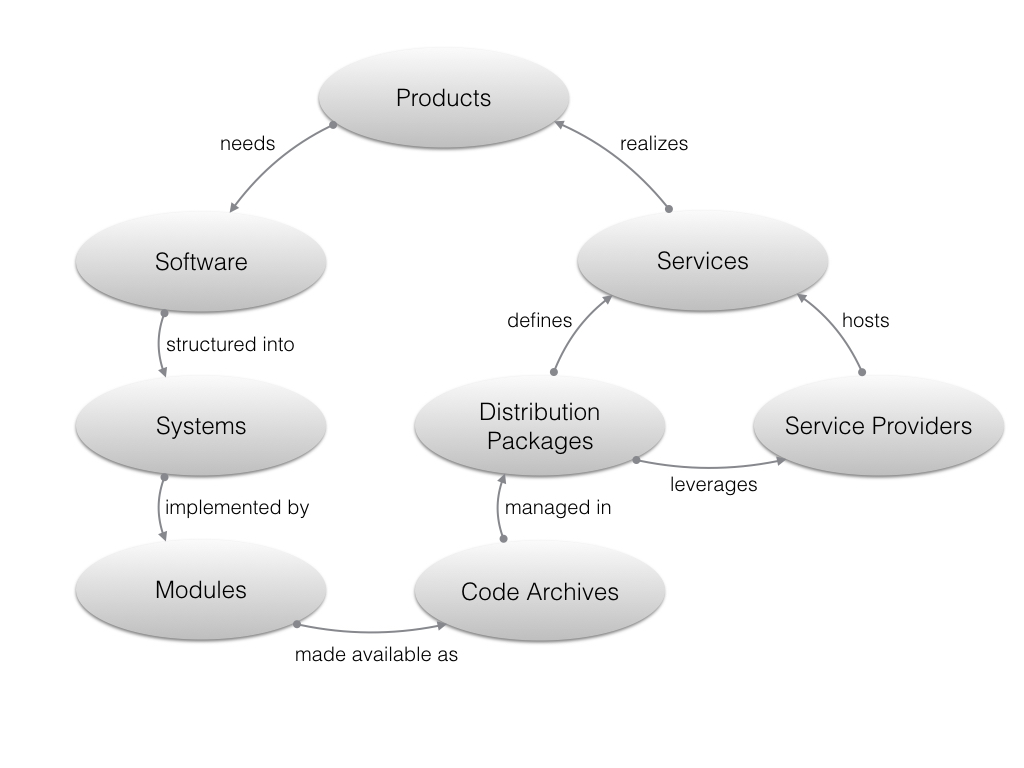Software Planning 101: Part 7/7

Tangibles in Software Development So far we have described what software decisions and trade-offs need to be made as part of creating a software solution. To make things more tangible, we will now focus on the tangibles involved in realizing a product. Putting the Theory Together We will also link the different topics we have discussed earlier together in this article: solution abstraction levels, code structure, execution localities and implementation technologies. Product The product is defined by business. A product defines the need for software and describes what functionality the software should provide. The product is defined in Business Product and Functional Product abstractions. Software Software represents what technology - read software solution - needs to be developed to provide the functionality of the product. This is described in Conceptual Architecture abstraction. System At next step the software is broken down into systems and systems into components....
